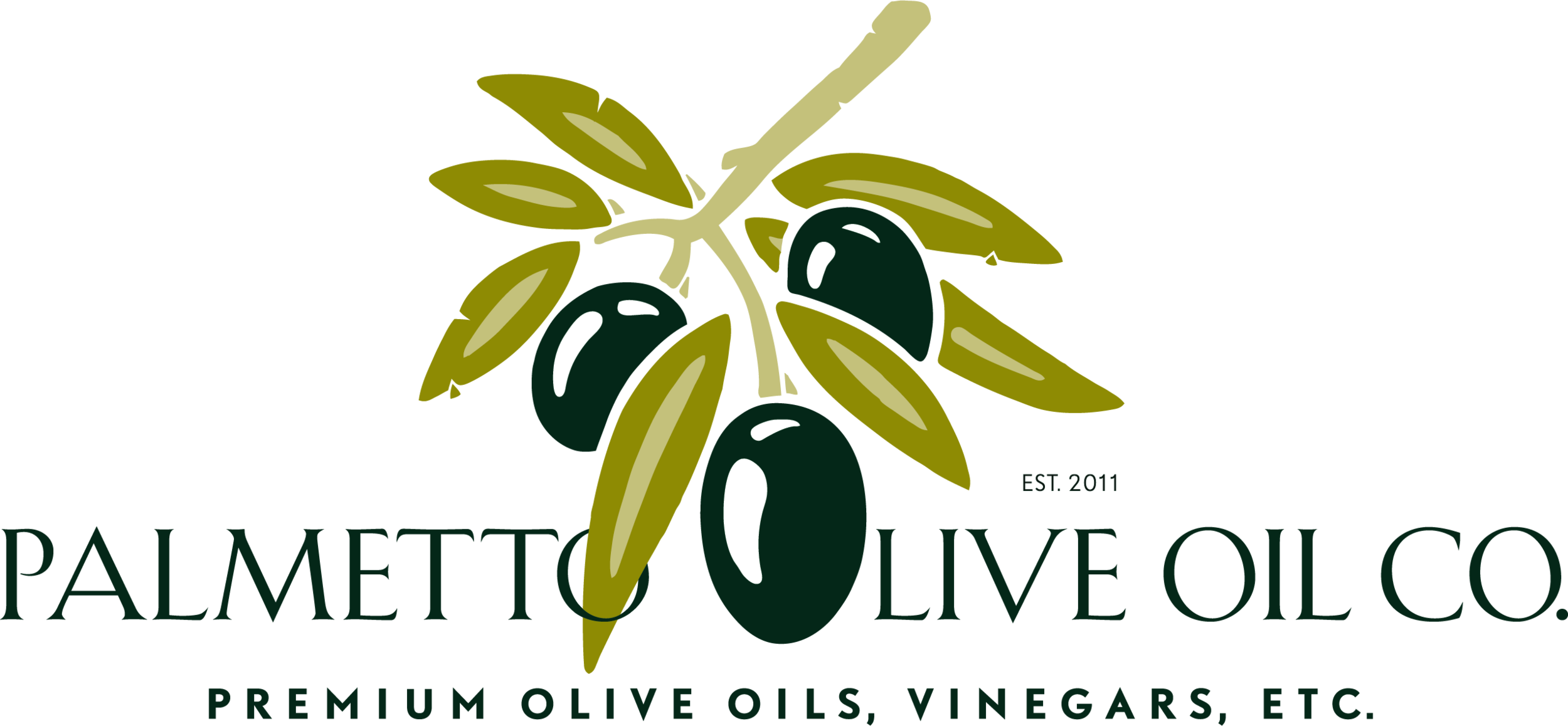Why is Olive Oil so good for you?
Phenols (Healthy Antioxidants)
The higher the better. Extends the shelf life and determines the ‘style’ in terms of bitterness and pungency. Store bought EVOO may only have around 15-30 phenols.
Oleic Acids (Monounsaturated Fats)
In order for an oil to be called an extra virgin olive oil, the fatty acid profile should be comprised of at least 55% oleic acid. Our average oleic acid content is 77%!
DAGs (Diacylglycerols)
Fresh Olive Oil made from sound fruit should result in a DAG content of 85% or higher, whereas the processing of rotten and or fermented olives will produce fresh oil with low DAGs indicating a very short shelf-life.
An isoprenoid compound structurally similar to beta-carotene. A typical extra virgin olive oil has Squalene numbers of: 2000-9000 ppm. Olive Oil is considered one of the richest renewable sources of squalene…. Refined olive oil contains about 25% less.
Squalene
The lower the better. The IOC requires this number to be below 0.8 for an olive oil to be considered extra virgin grade. Our average is 0.18 and the lower the FFA the higher the smoke point. Fruit processed/crushed immediately, produces a lower FFA.
FFA (Free Fatty Acid)
This number should be equal to or less than 20. This is the primary measurement of the rancidity of an extra virgin olive oil. It is affected by procedures used in processing and storing of the oil. Peroxide is responsible for color and aroma changes as the oil oxidizes. Our average PV at time of crush is 3.2!
Peroxide Value
Chlorophyll degradation products in Olive Oil. Freshly crushed olive oil should have a PPP of close to zero. An oil with an extremely high PPP is a clear indication that “something” is wrong or amiss. Either the oil is severely aged, deodorized or has had continuous light exposure (clear packaging!)
PPP (Pyropheophytin A)
The concentration of natural A-Tocopherols in EVOO varies between 15-300 mg/kg, which represents 30% of the RDA per serving.

